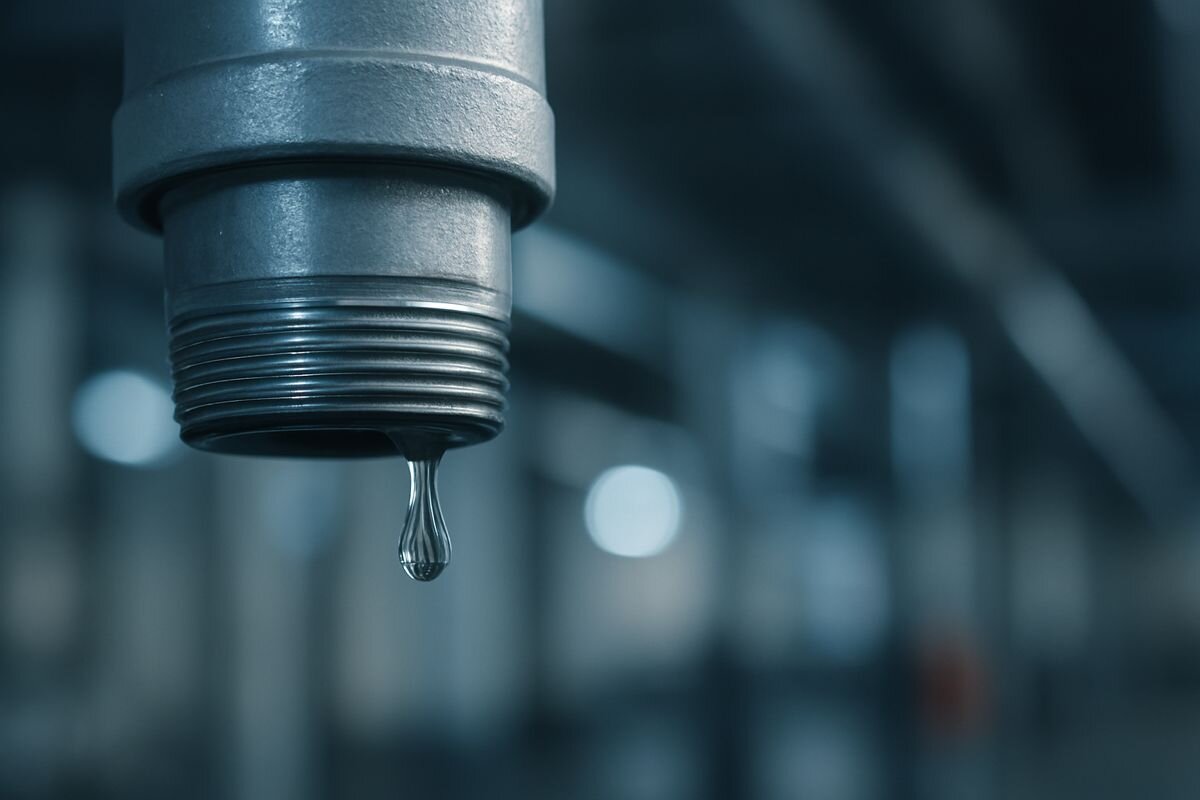Walk into any commercial property where a pipe’s burst overnight, and the fallout is immediate: soggy drywall, tenant complaints, operations stalled.
But what’s changing now isn’t the damage. It’s the expectation.
Building owners, facility directors, and insurers are starting to treat water waste like what it really is: a risk to operations, revenue, and reputation. That shift is putting new pressure on contractors to design and install systems that don’t just move water, but manage it wisely.
Risk Is Driving the Conversation
The cost of wasted or uncontrolled water in commercial settings is steep:
- System failures can force shutdowns in hospitals, schools, or data centers.
- Tenant disruption in office or mixed-use buildings can lead to lease violations.
- Remediation and liability costs rack up fast—and insurance doesn’t always cover repeat offenders.
The conversation used to center around LEED credits and good press. Now it’s about staying insurable, getting permits approved, and avoiding six-figure repair bills.
Smart contractors are recognizing that water conservation tech is no longer a sustainability upgrade. It’s a risk control layer. And a differentiator.
What Building Owners Are Hearing
Commercial insurers are adjusting how they assess water risk, especially in older buildings or portfolios with spotty maintenance records. Loss history matters. So does prevention.
That means your clients are being told things like:
- “Add shutoff valves or we’ll raise your premiums.”
- “Install leak detection or you won’t be covered for non-weather water damage.”
- “Prove your plumbing systems can detect and isolate failure points.”
Contractors who understand these shifts and who can spec in the right systems are the ones earning trust.
Code Compliance Is Catching Up
In drought-impacted states like California, Arizona, and Texas, water conservation mandates are now written into commercial permitting. That affects fixture selection, system pressure controls, and overall water budgets for large properties.
Miss the mark, and owners face delays. Or worse, rejected permits.
Contractors are on the front lines of this. If the plumbing sub isn’t up to speed on local regs, the GC pays the price.
Smarter Systems Are Now Standard
What’s changing fastest is the expectation that every building, especially new commercial builds or high-visibility retrofits, includes smarter water monitoring from day one.
Tools like:
- Smart shutoff valves tied into BMS platforms
- Usage tracking and leak detection that send alerts before a disaster
- Fail-safes for backflow, pressure loss, or overuse events
These aren’t upgrades. They’re table stakes.
Systems that can prevent both catastrophic damage and slow, wasteful losses like running toilets or failing valves. That’s less downtime. Less liability. Fewer insurance questions.
The Ask Is Clear
Facility teams aren’t just asking for tight installs. They’re asking:
- “Can you help us reduce our exposure?”
- “What’s the ROI on smart shutoffs?”
- “How do we avoid another loss claim like last year?”
They’re looking for contractors who understand their pressure. Who don’t wait to be told which fixture to install. Who come to the table with smarter recommendations and compliance-ready answers.
This Is Where the Work Is Going
Conservation isn’t a side benefit anymore. It’s baked into risk planning, permitting, and performance contracts.
For commercial contractors, this is an opportunity to lead. To show owners and developers that you’re not just managing water—you’re helping manage the future of the building.
Because in commercial construction, the leaks that cost the most are the ones no one planned for.



